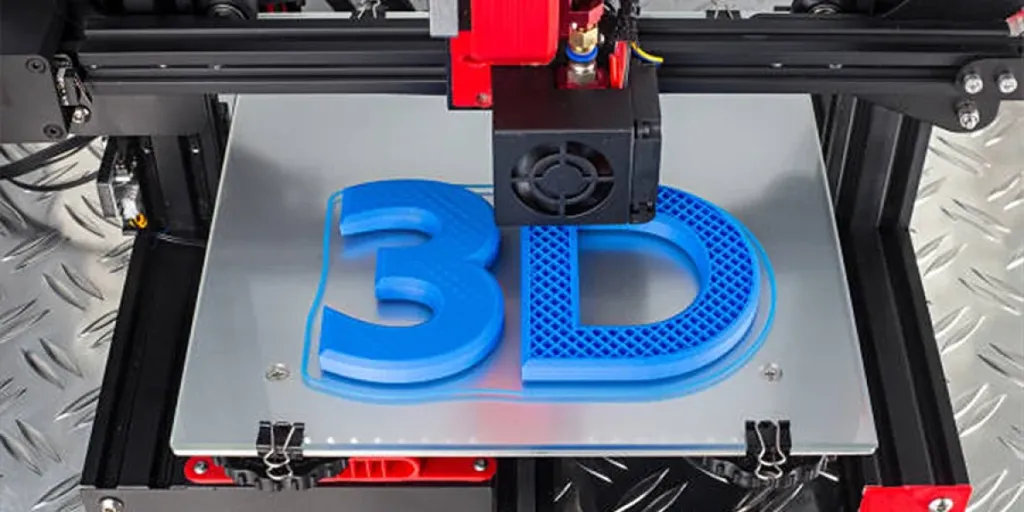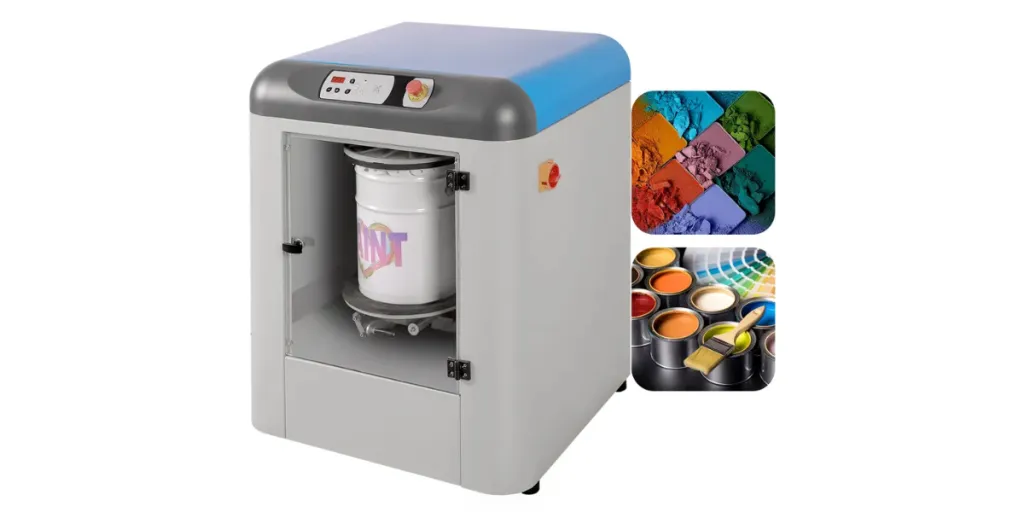Road rollers may not feature at the start of a road construction project, but that does not mean they are less important. They come in handy in the final stages of a project to help with finishing the foundation. Road rollers are also valuable for residential or road construction projects like excavators, bulldozers, and wheel loaders. How can construction companies know which road roller is suitable for them before investing in this low-key construction equipment?
Table of Contents
The future market share for road rollers
Factors to consider when buying a road roller
Types of road rollers
Key market players
The future market share for road rollers
The road rollers’ global market during 2021-2026 is projected to reach $3156.1 million by 2026, with a compound annual growth rate (CAGR) of 1.7%. This growth can be explained by significant industrial growth in the infrastructure market that requires heavy construction equipment. Most global economies, including Asia-Pacific (China, India, Australia, Japan) and LAMEA (Latin America, Middle East, and Africa), are expanding their infrastructures, roads, bridges, industrial parks, residential and non-residential buildings, and airports.
Factors to consider when buying a road roller
Construction companies may face a challenge in choosing the right road roller for their project since there are different types of road rollers in the market. The confusion may be heightened by different road roller features a company can choose from.
However, if a construction company knows how to analyze its construction need, it can make wise decisions regarding the type of road roller. Below are some factors a company does well to consider when choosing a perfect road roller for the job.
Engine type
Before buying a road roller, the company should examine if the machine has an air-cooled or water-cooled engine. Although air-cooled engines have few components to maintain, regular services to these engines are still needed, especially if the project is in a dusty, hot climate.
If a contractor wants to buy a used road roller with air-cooled engines, it is good to look for any damages and excessive oil consumption from the oil pressure gauge, which could spell trouble with the machine.
A construction company looking for a water-cooled engine should also confirm if there are any fluid leakages. If there are cracks in the engine, valve covers, or head, the machine should be avoided.
Engine power and emission standard
The road roller’s engine power refers to power generated from the engine and its compacting power. Double drums have an added advantage in this area because of the two drums. Though single drum road rollers also have power, heavy machines like double drum rollers need more engine power to move them. High power means more efficiency. Nevertheless, power is not the only thing to consider in a construction machine.
Another factor is the road roller’s emission standard. Today, many governments lay a lot of emphasis on reducing emissions and sustaining the environment. The new road rollers are built with higher emission standards to help reduce pollution, so construction companies can switch to new machines. Alternatively, they can use HVO fuel instead of diesel or mix them, thus limiting the number of greenhouse gases emitted by the road roller.
Type and size of the job
A company must know the type of job it wants to undertake or the specific kind of compaction needed. Lengthy projects in a spacious area may require a double drum road roller, while smaller construction sites with limited space require a single drum road roller. Since lengthy and intensive site work needs more power, construction companies handling such work can use larger road rollers.
Size and drum width
Road rollers and their drums come in different sizes. Before a company settles on a road roller, it will consider what works best for its task. Key factors that determine which drum size to choose are site location, soil type, and project size.
A modest road roller drum’s weight and size are suitable for different soil types and can work well with space constraints. However, a road construction company with work sites on the streets, banks, parking garages, and building establishments can benefit by purchasing the “7-ton drum, class 67” with road roller. Larger and extensive jobs such as highway construction, airport development, reservoirs, dams, and big commercial site constructions may require large road rollers with 84” width drums.
Operator comfort
Since operators sit on their chairs for long hours, they need to feel comfortable for enhanced productivity. The type of operator station often impacts the road roller’s prices, with most modern models providing two configurations: enclosed ROPS (Roll Over Protection System) cabs fitted with A/C and open ROPS.
If the company operates in warmer climates, even in winter, open ROPS is an ideal selection. On the other hand, a company operating in extremely hot or cold weather would do well by purchasing a road roller with an enclosed cab machine fitted with climate-controlled A/C.
Another comfortability factor to consider is the effect of the road roller’s vibration on the operator. Some road rollers offer floating decks and drum vibration isolation systems designed to minimize the operator’s fatigue by insulating vibration effects.
Type of the drum
A construction company intending to buy a road roller has to decide on the type of drum best suited for their operation for better compaction performance. For instance, a site with gravel, rock, semi-cohesive soil, or sand needs a smooth drum model. On the other hand, a company working on a site with more cohesive silts and clay needs a road roller with more kneading and compacting force, thus best suited with a pad foot drum roller.
A pad kit foot option is also suitable for companies working on sites with multiple soil types. Most manufacturers sell shell kits, allowing companies to bolt their smooth drums and convert them into pad foot drums.
Compaction performance
Any construction work begins with a strong foundation often determined by the road roller’s compaction performance. Before a company considers a road roller compaction execution, it should check the type of soil to be compacted—granular (soil/rock/sand) or firm (thick/tacky).
Road rollers use two vibration modes for appropriate compaction. These modes are abundance—the drum’s upward development that determines outward power—, and recurrence—the number of times the shaft pivots in the drum.
A company working on milder soil and sand will do better with higher recurrence, while those operating on firmer soil will need lower recurrence.
Warranty
Since road rollers are not used from the beginning of construction work, they may sit idle for some time before they are brought to action. When needed in the final stages for finishing and compaction, they should run efficiently without glitches. If they fail because they had been idle, thousands of dollars will be lost in productivity. Additionally, companies may incur unexpected temporary rental expenses to keep the project running. Therefore, the purchasing company should look for a manufacturer that provides a warranty for their road roller for compensation in case of a manufacturer’s fault. The warranty should be at least one year or 1,000 working hours, whichever comes first.
Types of road rollers
There are different types of road rollers for different construction projects. This knowledge is vital in choosing the right machine. Below is a discussion of road rollers:
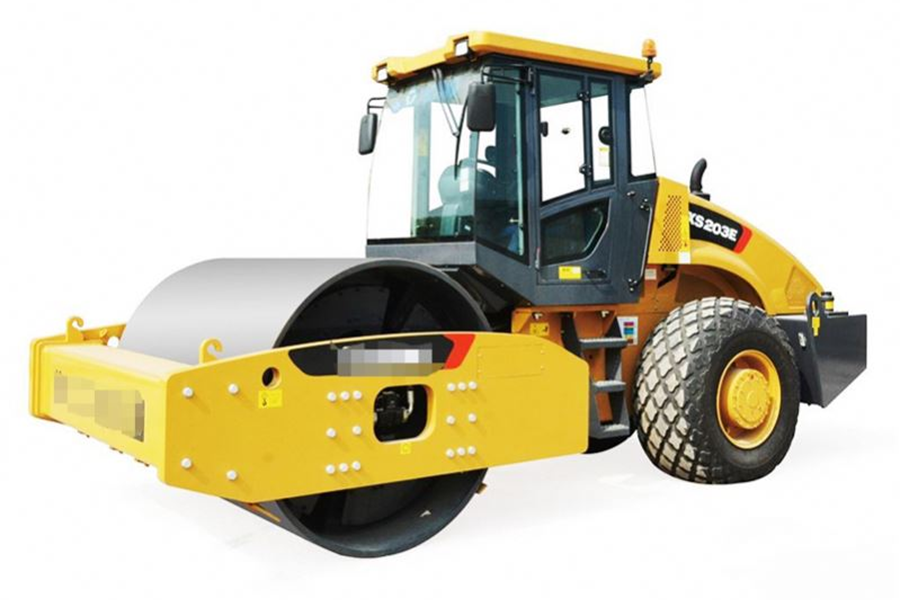
Single drum construction road roller
A single drum road roller is a piece of construction machinery with a giant front drum driven by two special tires to avoid flats. The machine’s tires are sturdy and durable, suitable for construction or road sites.
The operator sits in the middle for optimal performance. The modern models come with three configurations to suit the needs of every surface compaction. Since they are relatively small, they can easily fit in tight spaces and specialized projects.
Single drum rollers are often used in creating building foundations and paving highways and sidewalks. However, their heavy weight means they are not suitable for other surfaces.
Pros
- It is suitable for small construction sites and spaces.
- It is suitable for sites that do not need high pressure.
- It offers higher maneuverability than other road rollers.
Cons
- It is not suitable for large projects.

Double drum construction roller
The double drum roller has two drums, one in the back and the other in the front. As the machine moves, the drums roll, compacting the ground. The vibrations from the drums help to efficiently and quickly compact any highway section they roll through. Tandem rollers are effective in compacting gradual or flat surfaces like asphalt. However, since they have no traction, they are not suitable for certain projects.
Pros
- It is ideal for large projects.
- It paves and flattens a whole section faster.
Con
- It is expensive.
- It has less traction and mobility.
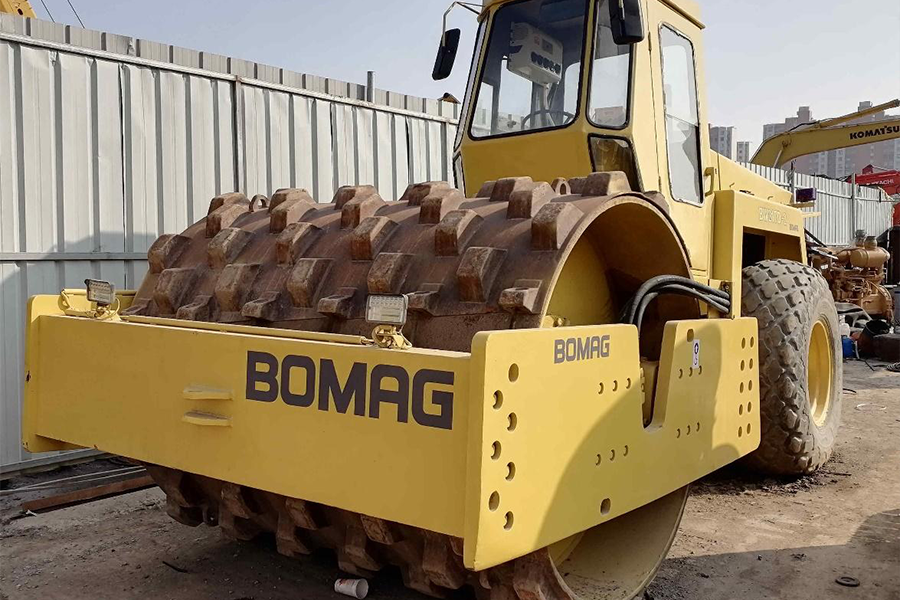
Sheepsfoot or padfoot roller
The sheepsfoot road roller has many rectangular-shaped feet or lugs. They are ideal for compacting roads with soil or silty clay. Since they are fitted with serrated protrusions, they can compress materials deeper. Additionally, the Padfoot drum’s weight can be enhanced by ballasting it with damp sand and water or mounting it with steel sections, thus providing a better compacting job.
A company working on projects with deep fine-grained soils or wet clay will perform its compacting job well with these rollers. After running the area with a sheep folder, an operator can run over the area with a pneumatic roller for finer results.
Pros
- It is effective with materials such as mud and clay.
- It can penetrate deeper than the smooth drum road roller.
- It compacts the soil at a high speed.
- It works well with narrow spaces due to its maneuverability.
Cons
- It is not suitable for dry soil.
- It is not suitable for granular soil.
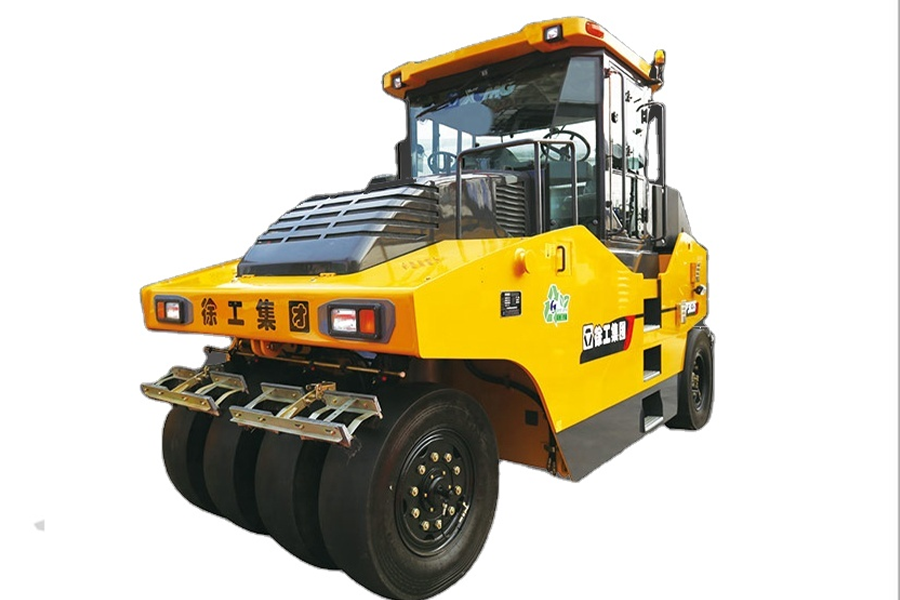
Pneumatic tired roller
Pneumatic road rollers are vital to job sites that need kneading and sealing effects. They are flexible and capable of working on aggregates and asphalt sites. The operator can adjust the tires’ pressure while in the cab, and they are ideal for large projects. The tire air pressure adjustment feature makes pneumatic rollers versatile since they can fit specified desired pressure for particular jobs. Furthermore, a ballast package can be included or removed to improve the machine’s efficiency.
Pneumatic tired rollers provide improved static penetration into the site soil. This type of roller, when used in road construction, will prevent untimely road damages, breakage, and potholes resulting from poor construction equipment.
Pros
- It can be used for soil and asphalt, saving on the number of equipment needed for a project.
- It helps achieve excellent smoothness and maximum density during road construction.
- It offers uniform pressure on the width of its tires.
Cons
- Since it has a large footprint, it requires a higher initial push force, making it hard to move.
- It has increased maintenance costs because the wheels can easily be punctured, leading to regular flats.
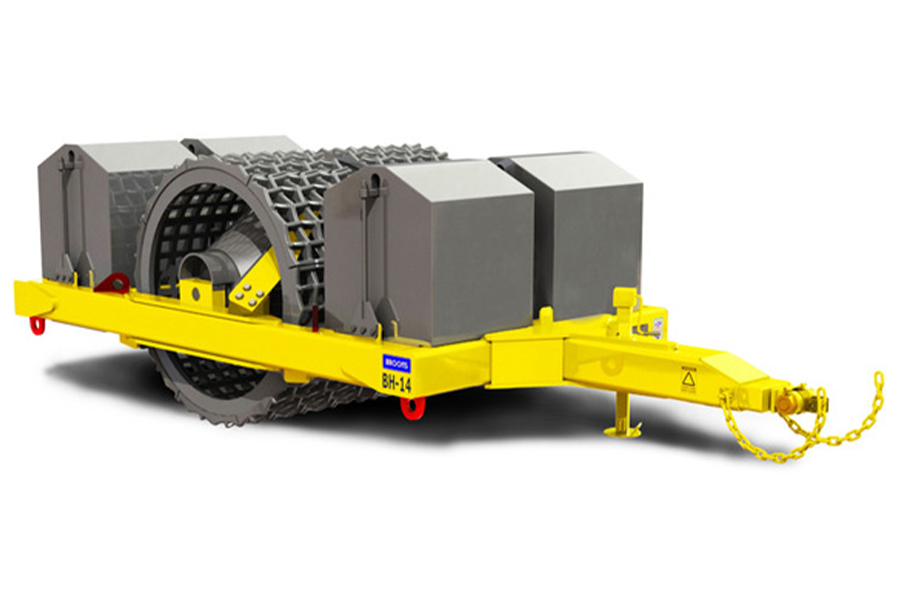
Grid roller
The sheepsfoot roller has its shortcomings with granular or stony materials, and the grid roller was developed to solve the problem. With its heavy cylindrical surface, this machine is fitted with steel bars to form a grid. Some constructors also ballast the roller with concrete blocks to enhance its efficacy.
Though it exerts higher contact pressure than the sheepsfoot, it provides minimal kneading action. Grind rollers are suitable for weathered rocks and well-graded coarse soils in sub-base and subgrade road construction projects.
Pros
- It is suitable for sub-base and subgrade projects.
- It uses recycled pavement materials, making it cost-effective.
Cons
- It is unsuitable for uniform soils, silty clays, or clayey.
Vibratory roller

Vibratory rollers are similar to single drum smooth drum rollers; the difference is that vibratory rollers have specialized vibrating components. As the operator drives the roller, it compacts and flattens the soil. The vibration helps seal any spaces in the soil, concrete, or asphalt that could cause the building to sink. This machine is essential for enhancing construction project integrity.
Pros
- Since it utilizes dynamic and static forces, it fully compacts the area below the wheel.
- It has high power output and improved performance.
Cons
- It is not suitable for dump grounds or a more cohesive soil.
Key market players
- BOMAG GmbH
- Caterpillar
- Speedcrafts Limited
- SANY Group
- Changlin Company Limited
- Liugong Machinery Co., Ltd
- XCMG Construction Machinery Co., Ltd.
- Xiamen XGMA Machinery Co., Ltd.
Conclusion
Although road rollers are not given as much credit as other construction machines, their value cannot be overemphasized. Every lasting construction project needs a stable foundation to withstand the test of time. Road rollers help to strengthen these foundations, but construction companies must first choose the right type based on the project at hand.

